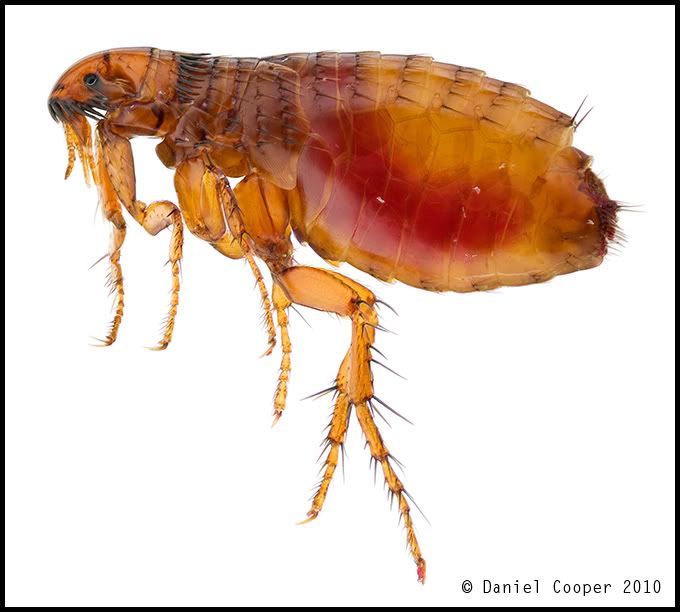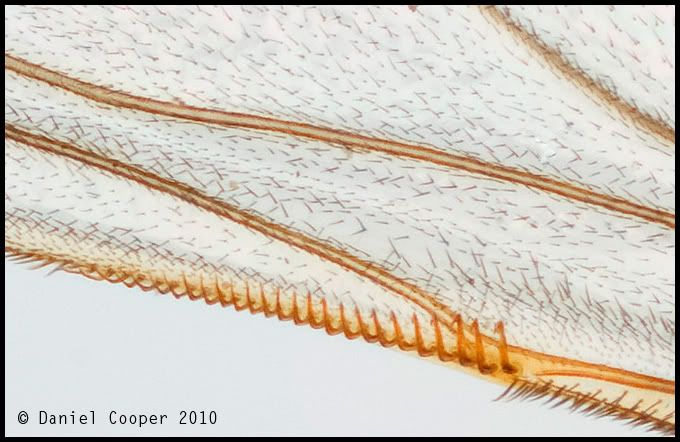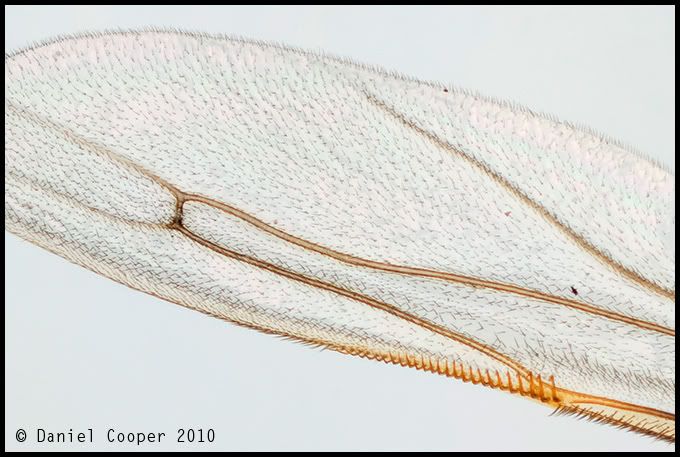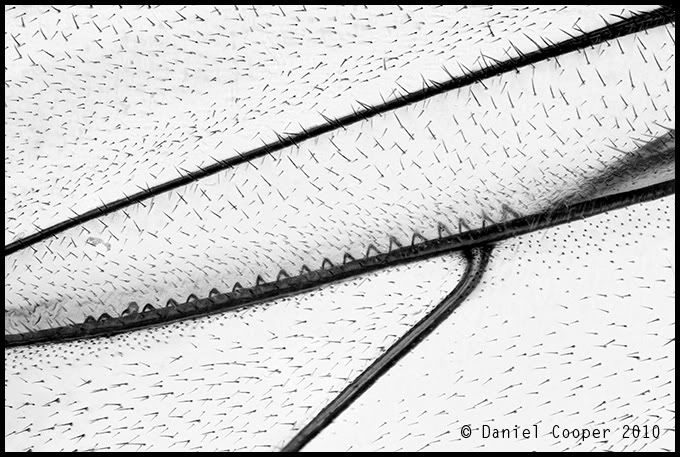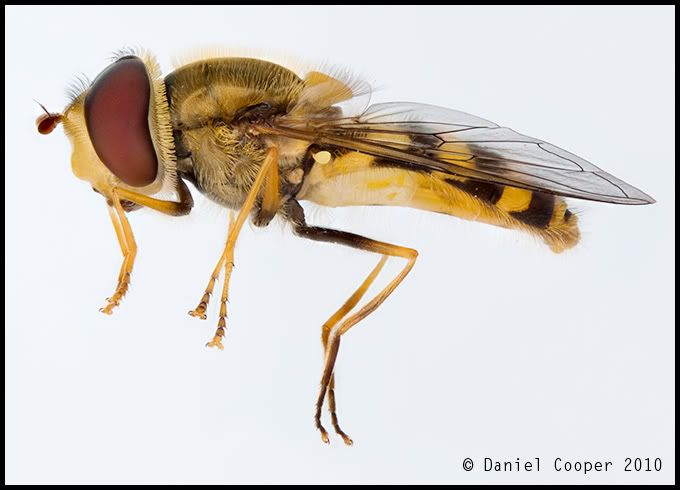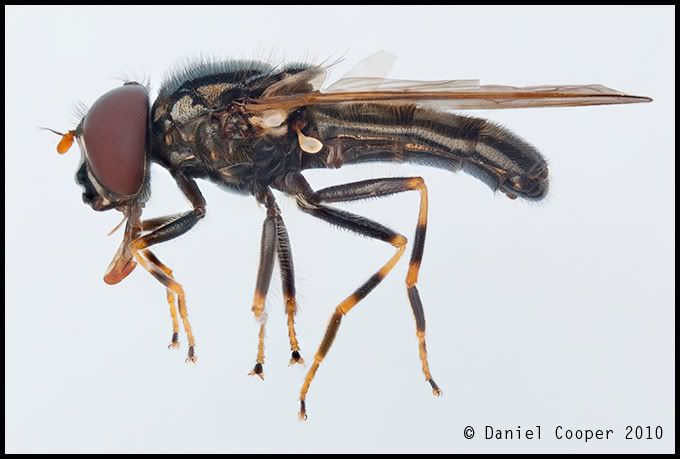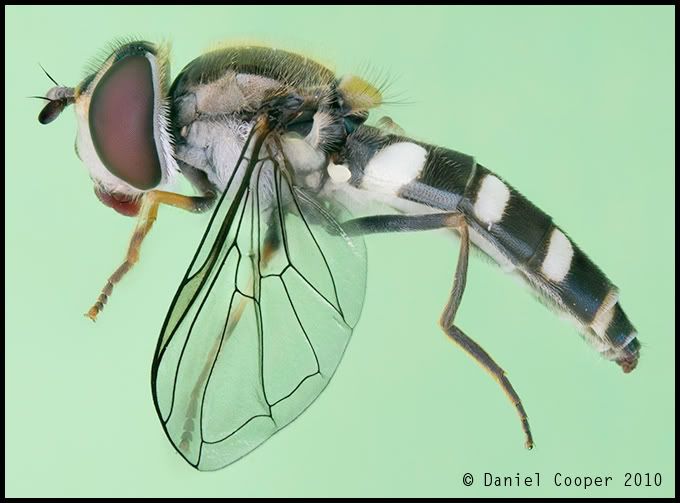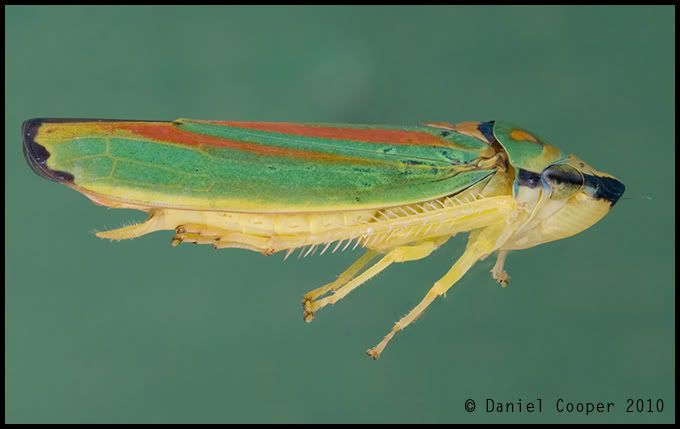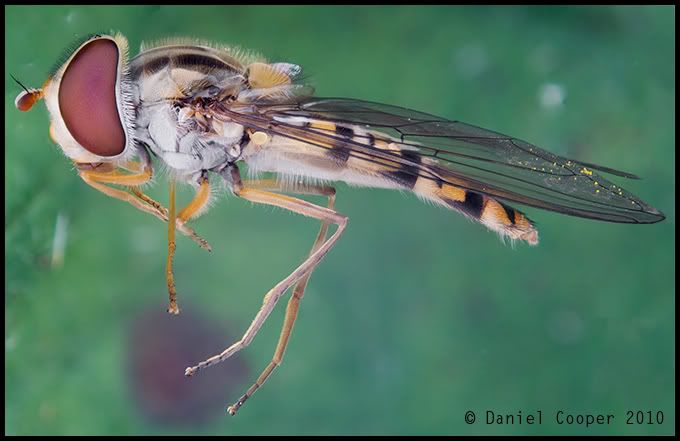I caught this flea from my cat Alfie, I then allowed it to suck my blood for 5 minutes before killing it and taking 120 photos which were then stacked to produce the image as seen below. The flea had just about doubled in size by the time it had finished its blood meal.
This image is a stack of 100 frames, taken using a Nikon M plan 10/0.25 objective on bellows.
